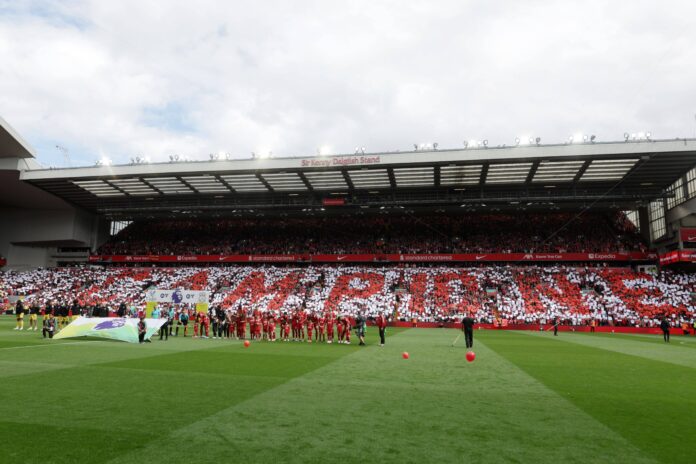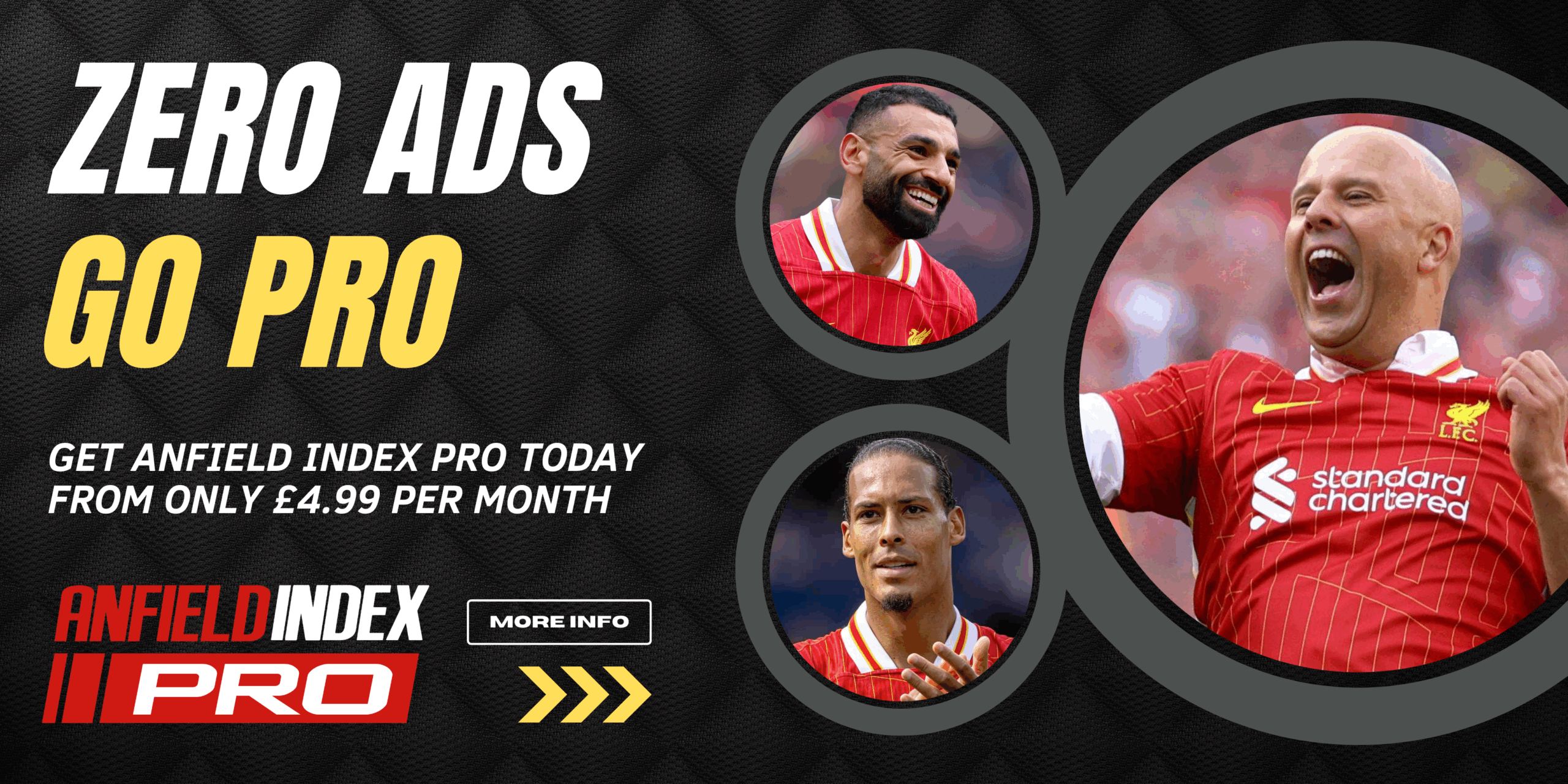Liverpool Football Club is widely regarded as one of the most accomplished institutions in world football. Established in 1892, the club has combined competitive success with a strong civic identity, creating a recognizable culture that extends beyond Merseyside. Its emblem, colors, and values signal continuity, collective discipline, and an expectation of high performance that is shared by supporters across the globe.
The club’s evolution is tracked closely each season through recruitment, contract strategy, and academy promotion. In this context, public discussion of epl transfer news provides a running record of how the squad is refreshed and optimized. Liverpool typically aims to balance targeted investment with internal development, aligning acquisitions with a clear tactical framework and measured financial governance to sustain long-term competitiveness.
Stadium, Ritual, and Matchday
Anfield functions as both a sporting venue and a cultural reference point. The pre-match routine, including the anthem “You’ll Never Walk Alone,” reinforces a sense of unity and responsibility. Visiting teams frequently acknowledge the intensity of the environment, which can influence momentum at critical phases of play. Matchday operations emphasize timing, coordination, and clarity — attributes that mirror the team’s on-field methodology.
Management Legacy and Competitive Standards
The modern profile of Liverpool is inseparable from its managerial lineage. Bill Shankly defined a social and competitive vision; Bob Paisley consolidated it with sustained European success. Subsequent leaders added distinct tactical and organizational features while preserving the core principle of collective work. In recent years, increased athletic demands, pressing structures, and flexible use of full backs have modernized the playing model without discarding tradition.
Pivotal Matches in the Club Record
- Rome, 1977 — First European Title
The club achieved continental validation, establishing benchmarks for future campaigns and elevating expectations for performance abroad. - Istanbul, 2005 — Champions League Comeback
Overturning a three-goal deficit at halftime, the team demonstrated resilience under extreme pressure and refined game management in decisive moments. - Anfield, 2019 — Barcelona Reversal
A coordinated plan, intensive pressing, and set-piece precision enabled a 4–0 victory that redefined the impact of home advantage at elite level. - England, 2019/20 — Premier League Triumph
A title secured with consistent metrics across pressing, chance creation, and defensive control, ending a three-decade domestic wait.
Tactical Identity
Liverpool’s approach prioritizes collective organization, pressing triggers, and rapid transition. The system requires compact distances between lines, proactive full-back involvement, and coordinated movements from the front three to stress opposition structures. Possession is used to control tempo and territory, while counter-pressing acts as an immediate defensive mechanism and a platform for chance creation.
Operational Pillars of the Playing Model
- Structured Pressing
Clear cues, cover shadows, and synchronized stepping compress space, increasing recovery rates and generating high-value turnovers. - Advanced Full-Back Roles
Wide defenders operate as creators and accelerators, enabling overloads on flanks and facilitating entries into the half-spaces. - Front-Line Coordination
Diagonal runs, third-man combinations, and quick layoffs create unpredictability and consistent access to high-probability shooting zones. - Set-Piece Design
Routine variation and blocking patterns improve expected goals from dead-ball situations when open play is contained. - Pathway from Academy
Youth integration provides athletic depth and cultural continuity, aligning development outcomes with first-team requirements.
Rivalries and Civic Dimension
Fixtures against Manchester United carry national significance, combining historical competition with contemporary stakes. The Merseyside derby with Everton reflects local identity and intergenerational support patterns. These rivalries maintain competitive sharpness and reinforce the club’s civic connection, which is visible in outreach programs and community initiatives that mirror Liverpool’s social roots.
Global Footprint and Governance
The brand’s international presence is supported by a network of academies, commercial partnerships, and fan organizations. Governance emphasizes sustainability: transfer strategy, wage structure, and data-informed decision-making are coordinated to manage risk while enabling strategic ambition. This balance sustains performance targets without compromising institutional stability.
Conclusion
Liverpool FC represents a durable synthesis of tradition, methodology, and stakeholder trust. Its record of achievement is matched by a clear tactical identity and a consistent approach to squad planning, routinely documented through public discourse and epl transfer news. The outcome is a club that competes at the highest level while maintaining cultural coherence — an organization designed to honor its past, meet current standards, and prepare responsibly for future demands.




